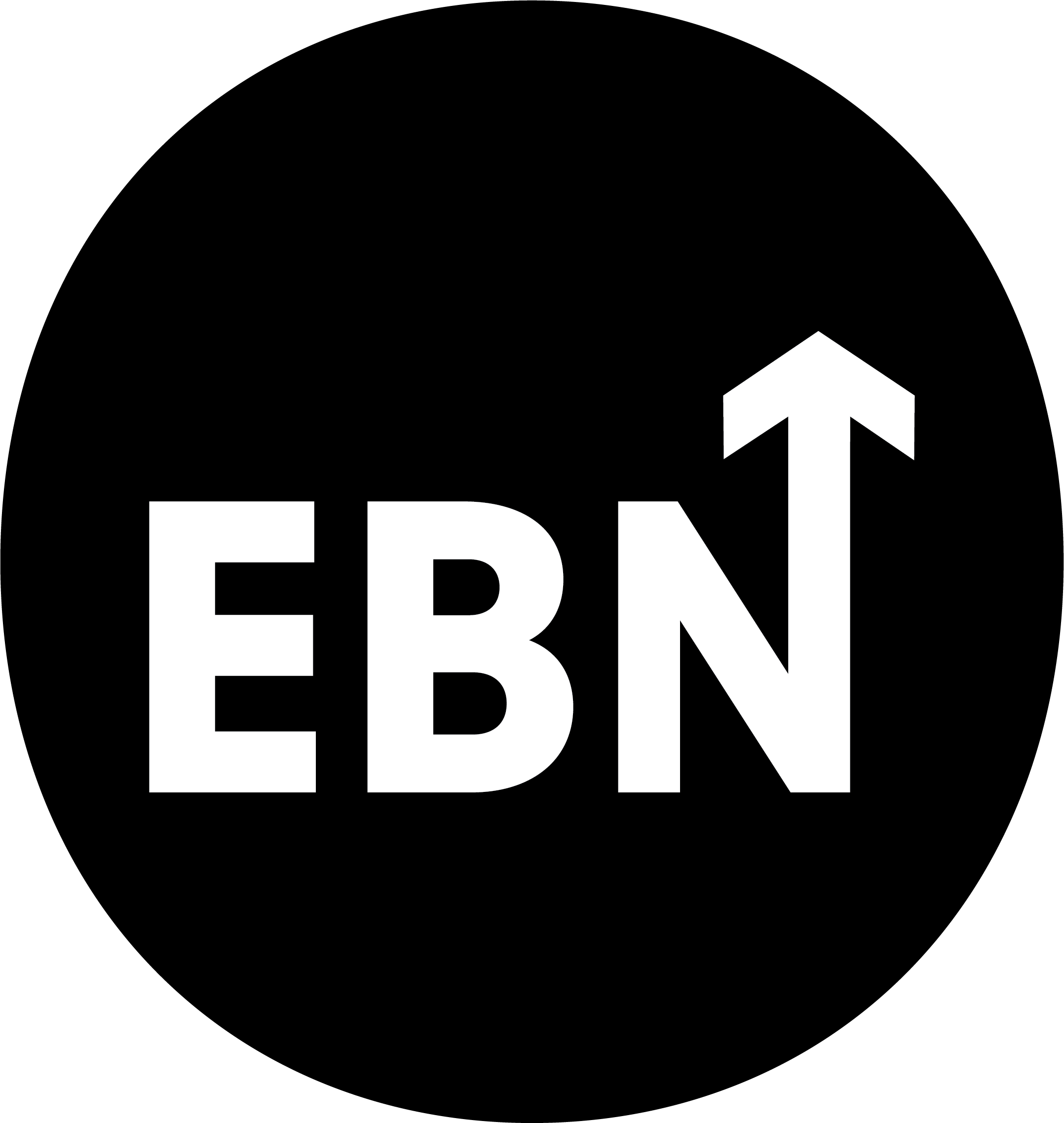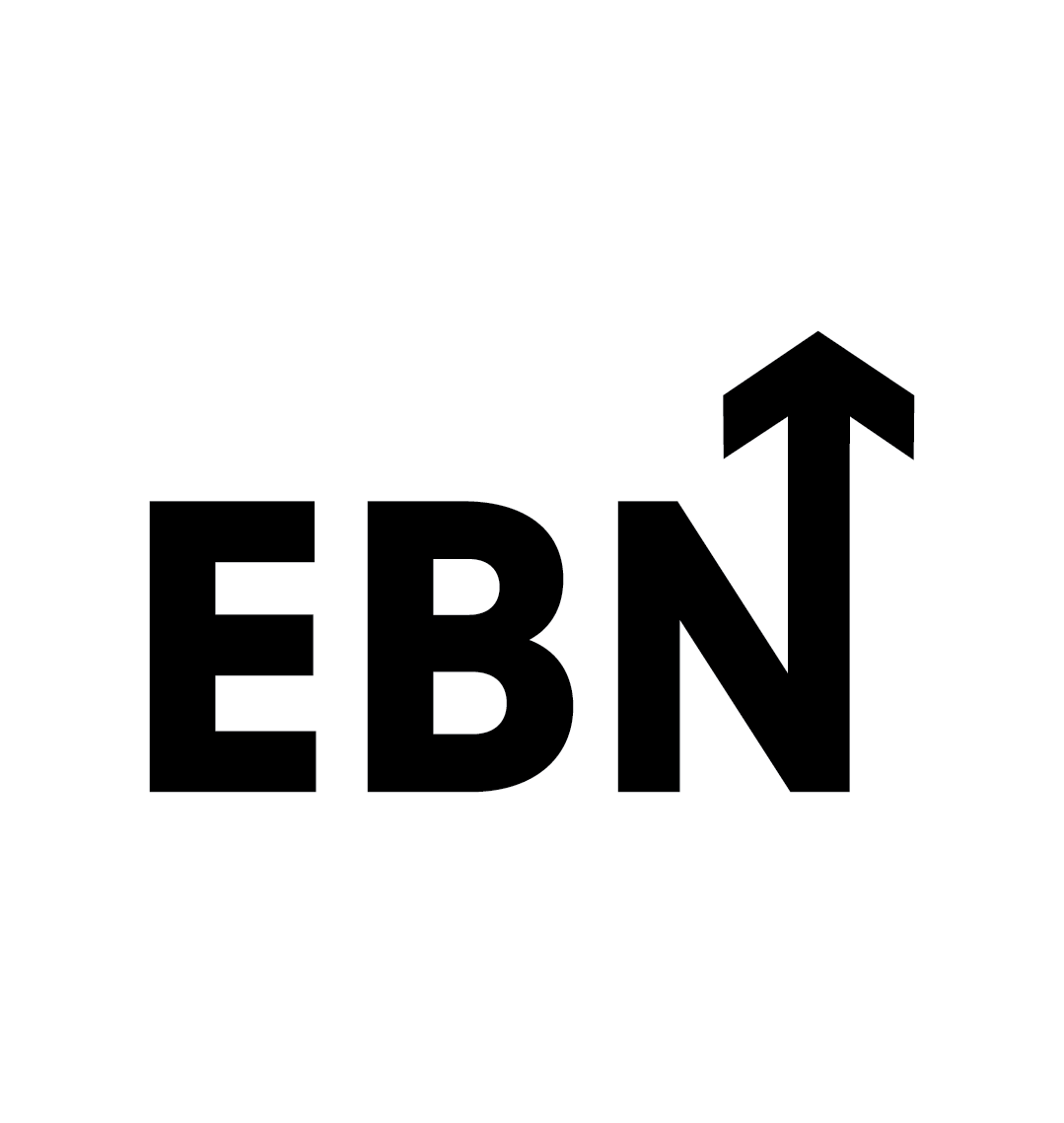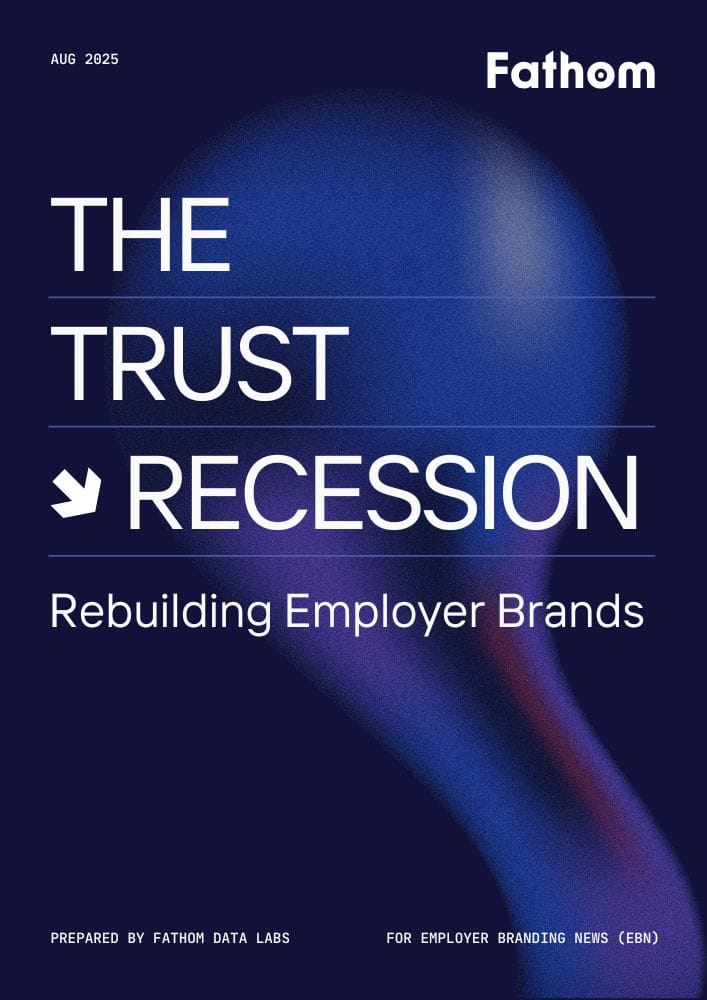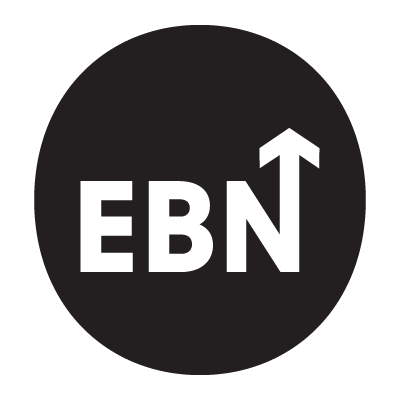If your culture was a bank account, trust would be the interest. In 2025 the rate was cut.
What the data really says
- Employer trust just declined globally. Edelman reports an “unprecedented global decline” in the share of employees who trust their employer. The global figure dropped 3 points year over year to 75 percent, with multiple markets showing significant declines. The first drop since the study started in 1999.
- Leaders believe they trust employees far more than employees feel trusted. In PwC’s Trust in U.S. Business Survey, 86 percent of executives say they highly trust employees, but only 60 percent of employees felt the trust. That is a 26-point perception gap. (PwC)
- Productivity perceptions don't align. Microsoft’s Work Trend Index shows 87 percent of employees feel more productive working remotely, yet 85 percent of leaders say hybrid work makes it harder to trust that productivity is happening. This mismatch is what’s now famously known as “productivity paranoia.” (Microsoft)
- Worries about discrimination are surging. Fear of experiencing prejudice or discrimination hit an all-time high in Edelman’s 2025 data, up 10 points year over year, with double-digit increases in 15 of 28 countries.
- Many people believe leaders mislead them. Edelman shows sharp increases since 2021 in the belief that government, business and media leaders “purposely mislead people.” Several summaries put business-leader mistrust near 7 in 10. (Bitly)
In the webinar, Mike framed it simply: trust has become “the backbone” of almost every employer-brand conversation right now.
The Trust Recession is here. Edelman shows employer trust falling. This guide gives you the playbook to rebuild it.
Why this matters for employer branding
Trust fundamentally underpins the best of human behaviours. In a corporate setting, it's the permission your audience gives you to recruit, retain and change in the ways that you want. When employees trust leaders, they stay longer and contribute much more. When they do not, you get quiet quitting at best and loud quitting at worst.
The three fault lines we need to fix
1) Words vs actions
The pandemic era created a surplus of promises and a deficit of delivery. Pulling back on flexibility without context, or announcing sunny values while cutting staff, erodes credibility quickly. Directionally, that came through in audience comments and our LinkedIn pulse.
2) Autonomy vs surveillance
Employees report being productive. Leaders often doubt it. The gap invites tool-centric “monitoring” that feels like control and reads as distrust. Expect performance to suffer when keystrokes matter more than outcomes. (Microsoft)
3) Inclusion vs lived experience
Edelman’s jump in discrimination fears lines up with what many EB teams hear from early-career and minority groups. The same goes for the lower paid. If people expect bias, they will not trust internal processes like pay, progression or performance management.
Momentum isn’t always progress, especially when you always end up back where you started.
Fathom helps you escape the loop. With insight, not intuition.
What to do next: a 5-step plan you can start this quarter
- Create clarity
Set two or three non-negotiables for how work gets done and why. If you need people on site, explain the customer, safety or collaboration logic in plain language. Then publish decision criteria so it does not feel arbitrary. - Close the loop
If you ask for feedback, respond publicly within a set time window. Share what you heard, what will change, and what will not with reasons. Silence reads as indifference and kills trust. - Make leaders credible again
Coach leaders to say “we were wrong” when needed and to show their working on tough calls. Credibility comes from being specific, consistent and human. - Show fairness in the hard systems
Aim to publish pay bands, promotion criteria and appeal routes. If you cannot open everything yet, open more than last quarter and time-box the next transparency step. - Trade control for agency
Replace blanket rules with guardrails. Define outcomes, then give teams choice in “how” and “where” to achieve them. That unlocks the productivity employees say they already deliver. (Microsoft)
Helping HR, talent acquisition, employer branding, and company culture professionals find careers worth smiling about.
Field notes from the session (directional only)
We ran two quick polls during the webinar and a small LinkedIn pulse beforehand. Sample sizes were low, so treat these as qualitative signals rather than statistics.
- Transparency topped the concern list. In the prior LinkedIn pulse, “lack of transparency” dominated as the way trust breaks down. The audience conversation echoed this.
- Trust self-ratings skewed mid-to-high but felt fragile. When asked to rate current trust levels in their organisations, many attendees described a decent baseline that could erode quickly without better communication and fairness.
These signals align with the external data above, especially the rise in discrimination worries and the leadership credibility gap. It could also back up way employers tend to fall into the trap of feeling more trusted than they actually are.
Practical checklist you can use this week
- Write a one-page Trust Brief for executives that summarises where trust is created or destroyed in your employee journey.
- Add a 30-day feedback loop to any running survey. Publish “what we heard” and “what we will do” updates on your intranet.
- Audit your policy language for clarity. Replace jargon with outcomes and decision criteria.
- Map one equity risk in pay, promotion or performance. Share the fix plan with dates.
- Publish a work-how playbook that names the freedoms teams have, plus a few non-negotiables.
Watch, Listen, read and share
Watch the full webinar below (or on YouTube), listen via our podcast and jump here to Download "The Trust Recession: Rebuilding Employer Brands" white paper.
We keep tracking to a minimum. This video is hosted on YouTube, which may place cookies that measure viewing and personalize content. We only load the player after you consent to these cookies. If you prefer not to, you can open the video on YouTube instead. You can update your cookie settings any time.
About the speakers
Celeste Sirin, Employer Branding Africa
Celeste is one of Africa’s leading employer branding voices, building bridges between global insights and local challenges. She brings together HR leaders and practitioners to shape strategies that resonate across diverse markets. www.employerbrandingafrica.com
Mike Parsons, Fathom
Mike advises global employers on talent, branding, and culture. With a focus on rebuilding trust inside organisations, he brings sharp analysis and practical strategies for leaders navigating disruption. www.fathom.inc
Takeaways
Is trust actually down or just noisy?
Down. Edelman shows a 3-point global decline in “I trust my employer” and flags several markets with significant drops.
If “my employer” is still the most trusted institution, why worry?
Because the direction changed. Declines plus rising discrimination fears and leader-credibility issues make trust more fragile than it looks.
What is the fastest lever to pull?
Close the loop on feedback. People equate silence with indifference.
Do surveillance tools help productivity?
Not if they signal distrust. Most employees already say they are productive. Address clarity and outcomes before chasing activity metrics. (Microsoft)
How should we talk about return-to-office without breaking trust?
Share the purpose, the trade-offs and the criteria for exceptions. Apply the rules consistently and review quarterly with data. No surprises.
Where does inclusion fit into trust?
Directly. Fear of discrimination is at an all-time high. Reduce bias in pay, promotion and performance and publish proof of change.
What if leadership will not change?
Your brand cannot outrun your culture. Start with what you can control in communications and employee experience, and keep collecting evidence for bigger shifts.

White Paper
Download "The Trust Recession: Rebuilding Employer Brands" white paper 👇
- What the data actually says and why it matters
- A step-by-step rebuild plan leaders can use this quarter
- Fair pay and promotion guardrails people will trust
- How to close the feedback loop so silence stops killing goodwill
Note: The white paper is free for subscribers.








